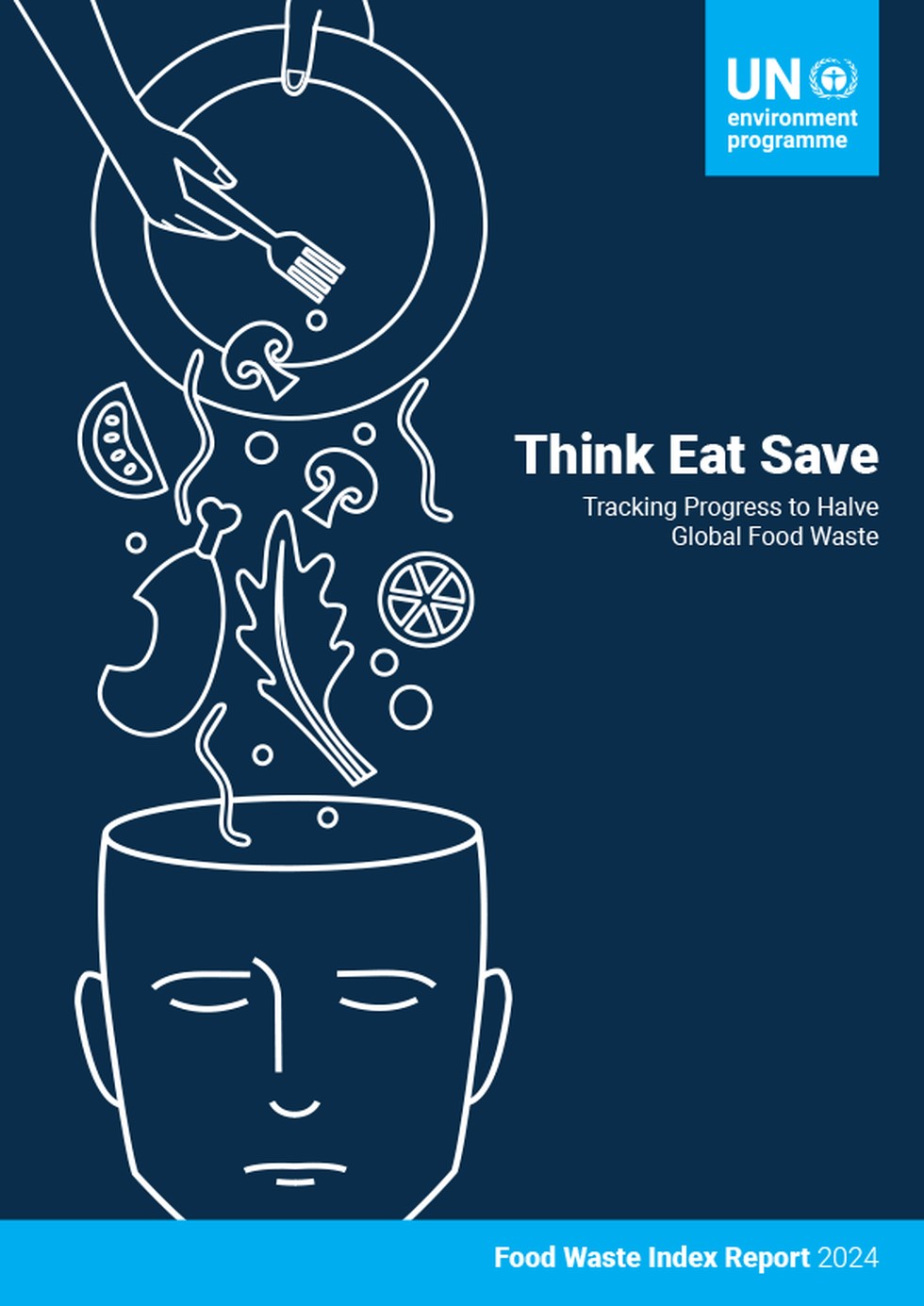
Food Waste Index Report 2024

30.03.2024
Food Waste Index Report 2024
|
For Prelims:About Food Waste Index Report 2024,Highlights of the report |
Why in the news?
According to the Food Waste Index Report 2024, households across the globe wasted over one billion meals a day in 2022.
About Food Waste Index Report 2024:
- It a study jointly authored by the United Nations Environment Programme (UNEP) and WRAP (Waste and Resources Action Programme), a U.K.-based non-profit.
- It tracks the global and national generation of food and inedible parts wasted at the retail and consumer (household and food service) levels.
Highlights of the report:
- The report defines “food waste” as “food and the associated inedible parts removed from the human food supply chain”.
- ‘‘Food loss” is defined as “all the crop and livestock human-edible commodity quantities that, directly or indirectly, completely exit the post-harvest/slaughter production/supply chain up to, and excluding, the retail level”.
- It noted that in 2022, there were 1.05 billion tonnes of food waste generated (including inedible parts), amounting to 132 kilograms per capita and almost one-fifth of all food available to consumers.
- Many low- and middle-income countries continue to lack adequate systems for tracking progress to meet Sustainable Development Goal 12.3 of halving food waste by 2030.
- At present, only four G-20 countries (Australia, Japan, U.K., U.S.) and the European Union have food waste estimates suitable for tracking progress.
- Hotter countries appear to generate more food waste per capita in households, potentially due to higher consumption of fresh foods with substantial inedible parts and a lack of robust cold chains.
- As compared to urban areas, rural ones generally wasted less food, due to “greater diversion of food scraps to pets, livestock and home composting”.
- As of 2022, only 21 countries had included food loss and/or waste reduction in their climate plans or Nationally Determined Contributions (NDCs).
Source: The Hindu